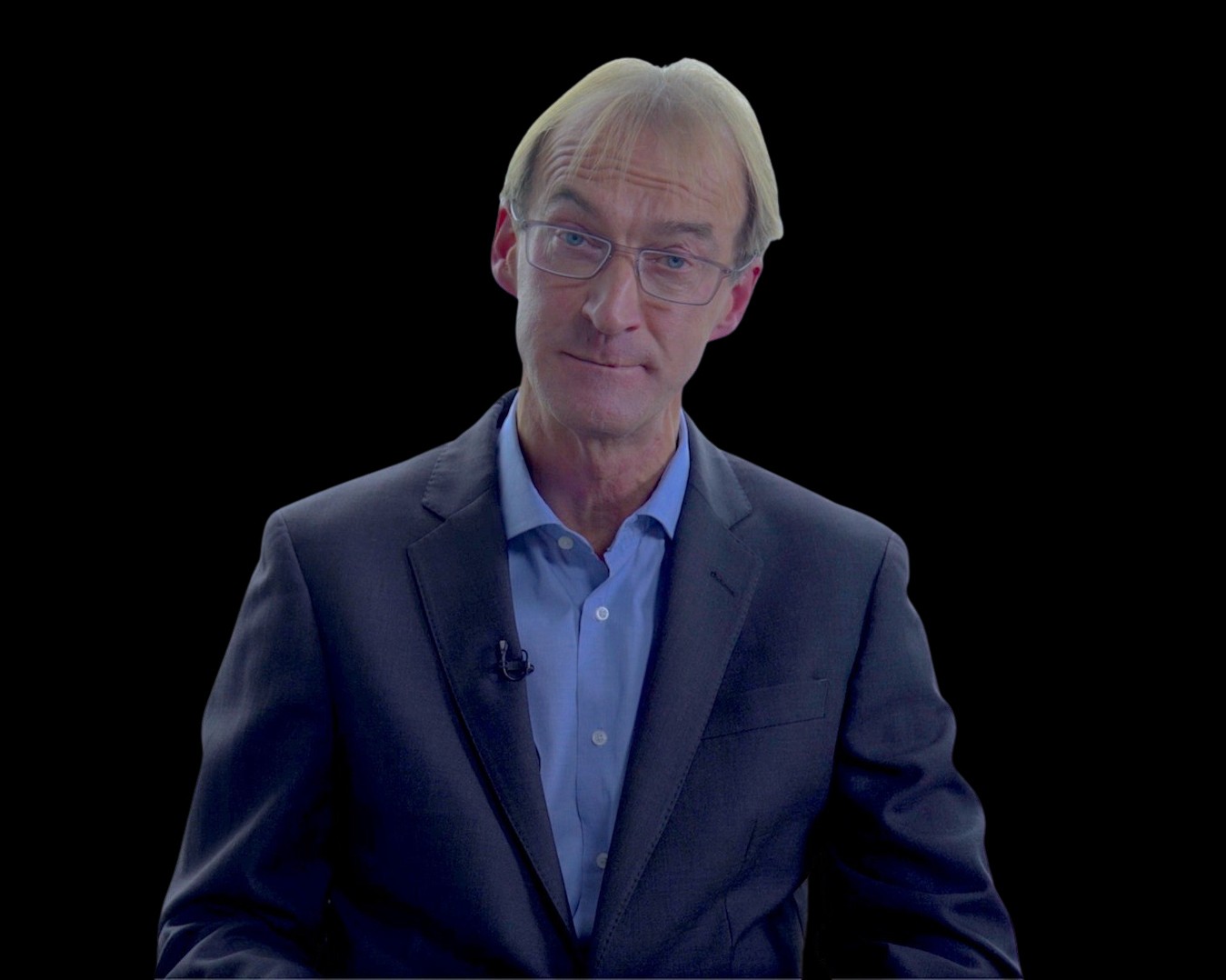
Introduction to Monetary Policy

Kevin Gardiner
30 years: Macroeconomist
In this video, Kevin provides his views on the recent actions by central banks surrounding their quantitative easing programmes: whether they are sustainable and their effects on capital markets.
In this video, Kevin provides his views on the recent actions by central banks surrounding their quantitative easing programmes: whether they are sustainable and their effects on capital markets.
Subscribe to watch
Access this and all of the content on our platform by signing up for a 7-day free trial.

Introduction to Monetary Policy
10 mins 2 secs
Key learning objectives:
Understand the origins of today’s monetary policy
Identify the normal levels of monetary policy for a stable economy
Outline the functions and goals of central banks
Overview:
Today’s monetary policy is highly debated as we have moved on from the 2008 crisis. The loose policy adopted in a growing economy begs the question as to when monetary policy will return to normal. The adverse effects of this policy as a long-term solution are outlined as well.
Subscribe to watch
Access this and all of the content on our platform by signing up for a 7-day free trial.
Why Monetary Policy is Where it is
As a result of the 2008 financial crisis the global money supply froze and companies couldn’t get their hands on liquidity. Central banks responded dramatically and cut interest rates to the lowest level ever seen. Central banks improvised and they came up with unconventional monetary policy such as quantitative easing. Central banks have been providing emergency assistance for the global economy and capital markets since the global financial crisis. The issue now is whether the policy needs to stay this loose for the foreseeable future.
Is Such Policy Still Needed?
The global economy is roughly one third bigger now than it was at the highest point before the crisis. What damage could be done if policy remains loose? We may see a revival in inflation risk. Central banks have inflation targets but those inflation targets are not because we want inflation. They are there because we need those targets to stop inflation from running out of control.
What is Normal for Monetary Policy?
The normal level of interest rates is in line with the real rate of growth in the economy. At the moment, interest rates are below the rate of growth and the rate of inflation. As a result, normal levels of interest rates are a lot higher than they are right now.
The central banks that purchased bonds will have to stop buying, sell them or allow them to mature. So the normalisation of monetary policy involves short-term and long-term interest rates going up. As a result, bond prices are going to go down and bond yields will go up. The rise in short-term interest rates could act as a break to slow the economy down.
Introduction to Central Banks
Central banks maintain the integrity of the money we use and make sure the confidence underlying the money remains intact. Central banks also control the regulation and supervision of the banking system.
Mission Creep
One of the biggest threats to monetary integrity has been inflation. The current thinking is that the best way of tackling inflation is to make sure inflation expectations stay low. As a result, we set inflation targets at relatively low levels. The worry at the moment is central banks thinking they can fine tune inflation which might encourage them to leave policy too loose for too long. This mission creep would have adverse effects on our global economy.
Subscribe to watch
Access this and all of the content on our platform by signing up for a 7-day free trial.

Kevin Gardiner
There are no available Videos from "Kevin Gardiner"



























